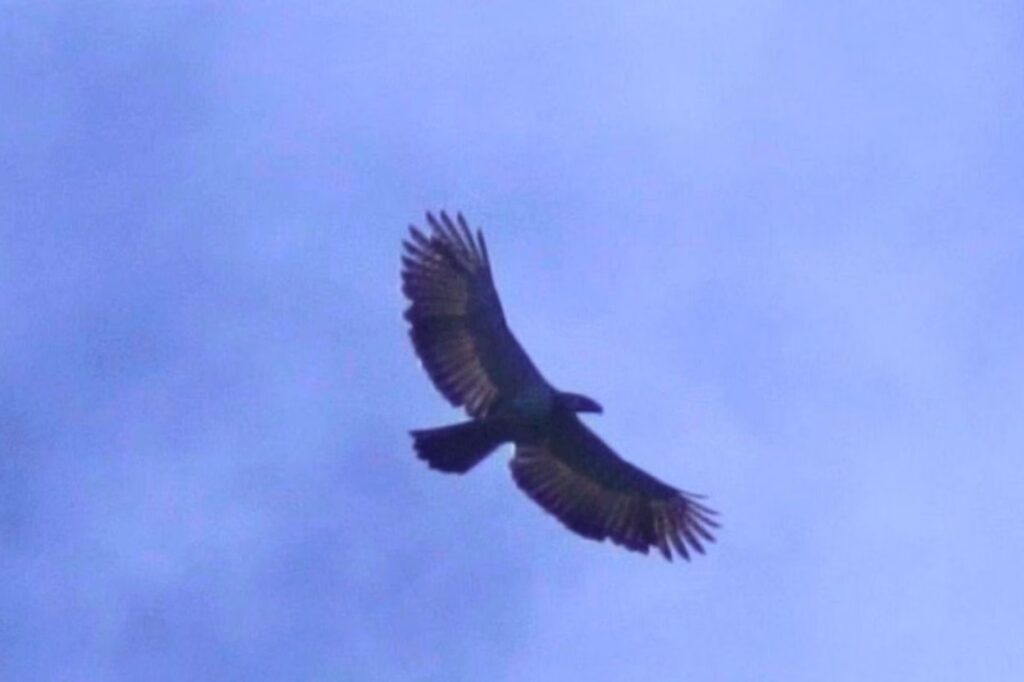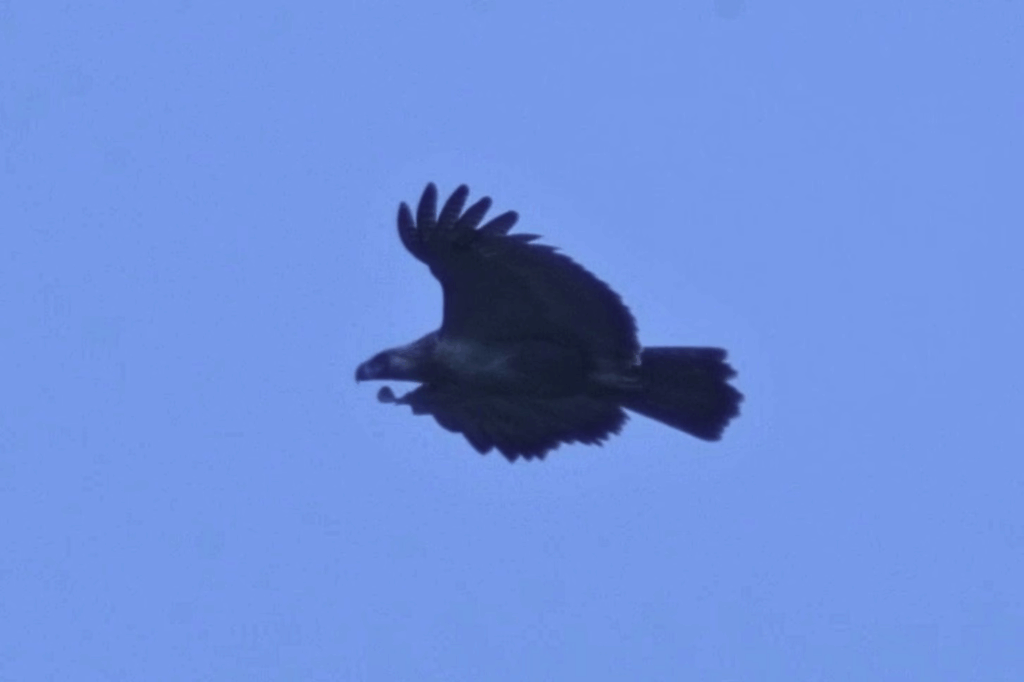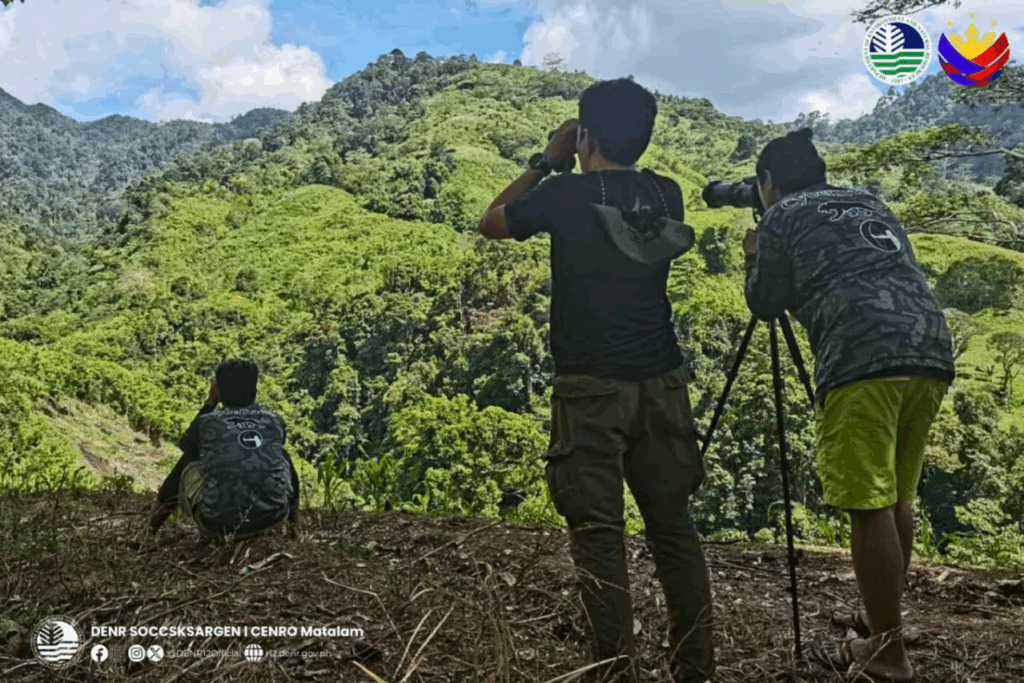
DAVAO CITY — Recent sightings of a Philippine eagle at Mount Sinaka in Cotabato Province indicate the raptor’s return to the region after a two-year hiatus, according to experts.
During the second semestral monitoring of the species by the Department of Environment and Natural Resources (DENR) Region 12, which took place from November 4 to 7, the magnificent eagle was spotted soaring along the woodland margins.
According to the DENR Soccsksargen, “Experts attribute its absence to factors such as the search for food resources affected by seasonal shifts, avoidance of competition, and the natural dispersal behavior typical of juvenile eagles,”

The Department Administrative Order (DAO 2019-09) and the International Union for Conservation of Nature (IUCN) Red List both classify the Philippine eagle, the nation’s national bird and one of the largest forest raptors in the world, as critically endangered.
The species, which is native to the Philippines, has long been threatened by habitat loss, hunting, and deforestation.
Such sightings are encouraging signs of continued conservation work in the area, the DENR Soccsksargen emphasized.
MOUNT SINAKA

At around 1,500 to 2,000 hectares, Mount Sinaka, a significant biodiversity region in Cotabato, is the Philippine eagle’s smallest natural habitat.
Despite its small size, it offers a breeding pair of eagles and other endangered species appropriate nesting grounds, food sources, and shelter.
Funding and resource allocation to support ongoing research, conservation initiatives, and sustainable management techniques necessary for the survival of the Philippine eagle and other endangered species in the region have been made possible by the designation of Mt. Sinaka as a key habitat.
The majestic bird, which hasn’t been seen in the area since 2023, was seen soaring along the forest edges, according to a social media post from the DENR. This is a promising indication of the species’ existence in the area.
According to experts, the eagle’s brief absence was caused by a number of natural circumstances, such as the juvenile eagle’s natural dispersal tendency, the quest for food supplies influenced by seasonal changes, and avoiding competition.






